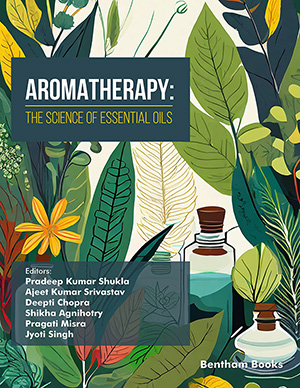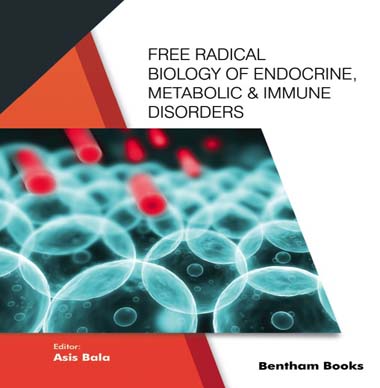
Abstract
Flavonoids, a subclass of polyphenols, are abundant components of fruit and vegetables, prevalent in the diet and having an inverse association with the incidence of various degenerative diseases and cancer. Mechanisms underlying the beneficial effects of flavonoids on the human health are being investigated worldwide. Flavonoids have been found to reduce the risk of carcinogenesis by blocking the initiation and suppressing the promotion and progression of certain cancer cells. The accrued data suggests that the chemopreventive effects of flavonoids are exerted through induction of cytoprotective mechanisms to prevent the activation of pro-carcinogens and oxidants from damaging DNA (genome), and detoxify activated carcinogens by enhancing their conjugation and excretion. The balance of metabolic activation and detoxification of carcinogens is controlled through expression of drug-metabolizing Phase I and Phase II enzymes. If the detoxification pathway is saturated, the AhR-XRE-cytochrome P450s activation pathway produces arene oxides and the consequential additional damage promotes tumourigenesis. Fortunately, such oxidative damages can be prevented by CNC-bZIP transcription factors through differentially regulating antioxidant and detoxification genes, which contain ARE and its homologues in their promoters. Amongst the CNC-bZIP family, Nrf2 is a master regulator of expression of drugmetabolizing enzymes, and its activity is negatively regulated by Keap1 and ß-TrCP. Expression of Nrf2 and downstream genes is tightly controlled by AhR and CNC-bZIP (e.g. Nrf1) family factors, whilst its negator Keap1 is also regulated by Nrf1 and Nrf2. Such crosstalks between AhR-XRE and Nrf2-ARE regulatory networks indicate that flavonoids trigger multiple signaling pathways to integrally activate cytoprotective genes against cytotoxic insults and oxidative stress. However, the unique chemopreventive role of Nrf1 in regulating antioxidant, detoxification and cytoprotective genes has yet to be fully elucidated and characterised.
Keywords: Flavonoids, nuclear factor-erythroid 2 p45 subunit-related factor 2 (Nrf2), Nrf1, aryl hydrocarbon receptor (AhR), antioxidant response element (ARE), xenobiotic response element (XRE), gene regulatory network, chemical biology, cancer chemoprevention, and oxidative stress.


























